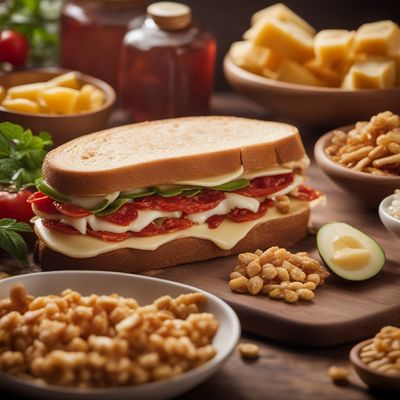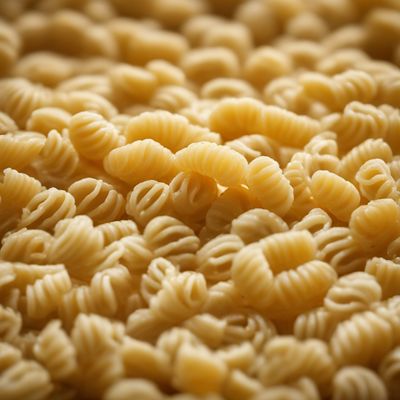
Ingredient
Dishes, incl. Ready to eat meals (excluding soups and salads)
Convenience Meets Flavor: Exploring Ready-to-Eat Meals
Dishes, including ready-to-eat meals, encompass a wide range of culinary creations that are prepared and packaged for immediate consumption. These meals are designed to provide a balanced combination of flavors, textures, and nutrients, making them a popular choice for busy individuals or those without access to a kitchen. From frozen entrees to microwaveable dishes, ready-to-eat meals offer convenience without sacrificing taste.
Origins and history
The concept of ready-to-eat meals emerged as a response to the fast-paced lifestyle and the need for convenient food options. These meals are often pre-cooked, packaged, and preserved using various techniques, such as freezing or canning, to maintain their freshness and quality. They have become increasingly popular in modern times, offering a wide variety of cuisines and flavors to suit different preferences and dietary needs.
Nutritional information
Ready-to-eat meals provide a convenient option for individuals who are short on time or lack cooking facilities. They often contain a balanced combination of macronutrients, including proteins, carbohydrates, and fats, along with essential vitamins and minerals. However, it is important to read the nutrition labels carefully, as some ready-to-eat meals may be high in sodium or saturated fats.
Allergens
May contain allergens such as gluten, dairy, soy, or nuts. Always check the packaging for specific allergen information.
How to select
When selecting ready-to-eat meals, consider the nutritional content, ingredient quality, and portion size. Look for meals that are made with whole, unprocessed ingredients and have a balanced macronutrient profile. Check the packaging for any allergen warnings if you have specific dietary restrictions. Additionally, opt for meals that are free from artificial preservatives or additives.
Storage recommendations
Store ready-to-eat meals according to the instructions on the packaging. Some meals may require refrigeration, while others can be stored at room temperature. Follow the recommended storage duration to ensure optimal freshness and taste. If you have prepared homemade ready-to-eat meals, use airtight containers and label them with the date to keep track of their freshness.
How to produce
As an amateur, you can create your own ready-to-eat meals by preparing and portioning dishes in advance, then storing them in the refrigerator or freezer. This allows you to have homemade meals readily available whenever you need them. Ensure proper storage and reheating practices to maintain food safety and quality.
Preparation tips
Ready-to-eat meals can be enjoyed straight from the package or reheated using various methods, such as microwaving, oven baking, or stovetop heating. Follow the instructions on the packaging for the best results. To enhance the flavors, consider adding fresh herbs, spices, or a squeeze of citrus juice. Remember to exercise caution when handling hot containers or using appliances.
Culinary uses
Ready-to-eat meals offer a wide range of culinary uses and applications, catering to different dietary preferences and cultural cuisines. They can be enjoyed as a quick lunch or dinner option, providing a convenient solution for individuals with busy schedules or limited cooking facilities. Ready-to-eat meals are commonly found in grocery stores, supermarkets, and specialty food stores.
Availability
Available worldwide, with various brands offering a diverse selection of ready-to-eat meals. They can be found in grocery stores, supermarkets, convenience stores, and online retailers specializing in food products.
More ingredients from this category

Sandwiches, pizza and other stuffed bread-like cereal products
The Art of Filling: Exploring Stuffed Bread Creations

Pastas and rice (or other cereal) –based dishes
Versatile Staples: Pastas and Rice in Culinary Delights

Dishes excluding pasta or rice dishes, sandwiches and pizza
Beyond the Ordinary: Exploring Non-Traditional Dishes